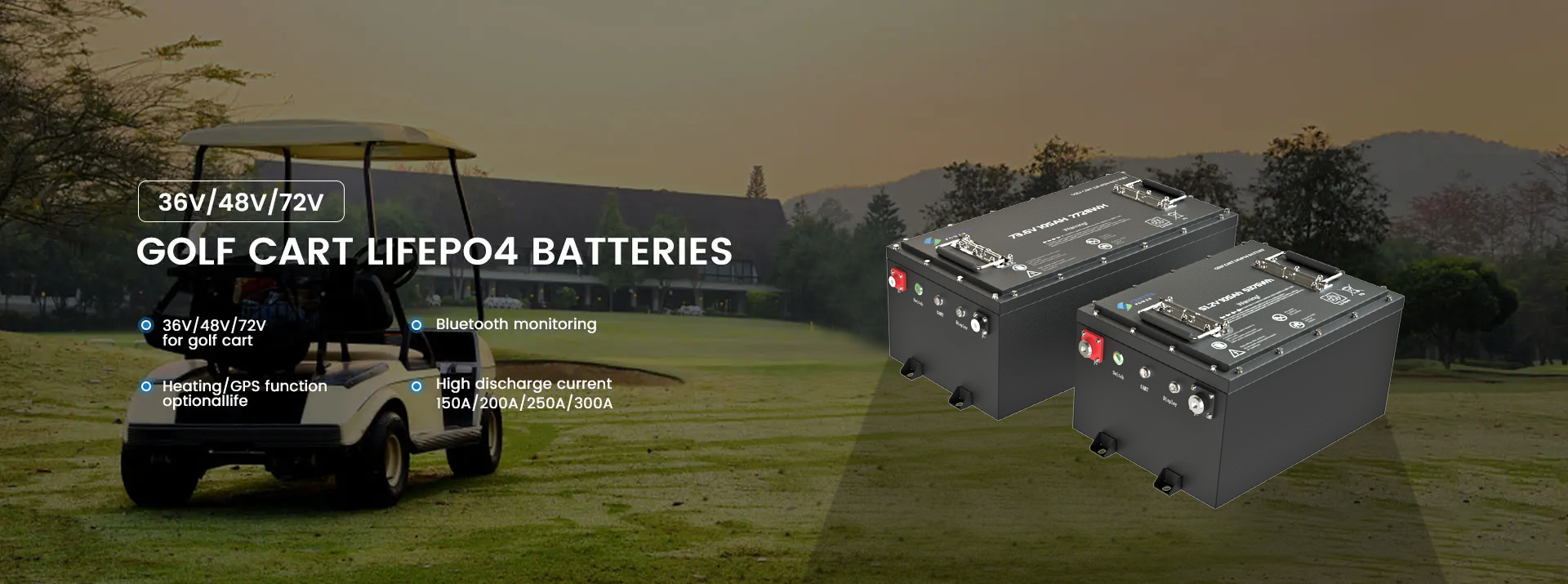
Electric wheelchairs use different types of batteries to power their motors and controls. The main types of batteries used in electric wheelchairs are:
1. Sealed Lead Acid (SLA) Batteries:
- Absorbent Glass Mat (AGM): These batteries use glass mats to absorb the electrolyte. They are sealed, maintenance-free, and can be mounted in any position.
- Gel Cell: These batteries use a gel electrolyte, making them more resistant to leaks and vibration. They are also sealed and maintenance-free.
2. Lithium-Ion Batteries:
- Lithium Iron Phosphate (LiFePO4): These are a type of lithium-ion battery that is known for safety and long cycle life. They are lighter, have a higher energy density, and require less maintenance compared to SLA batteries.
3. Nickel-Metal Hydride (NiMH) Batteries:
- Less commonly used in wheelchairs but are known for having a higher energy density than SLA batteries, though they are less commonly used in modern electric wheelchairs.
Comparison of Battery Types
Sealed Lead Acid (SLA) Batteries:
- Pros: Cost-effective, widely available, reliable.
- Cons: Heavier, shorter lifespan, lower energy density, require regular recharging.
Lithium-Ion Batteries:
- Pros: Lightweight, longer lifespan, higher energy density, quicker charging, maintenance-free.
- Cons: Higher initial cost, sensitive to temperature extremes, require specific chargers.
Nickel-Metal Hydride (NiMH) Batteries:
- Pros: Higher energy density than SLA, environmentally friendlier than SLA.
- Cons: More expensive than SLA, can suffer from memory effect if not properly maintained, less common in wheelchairs.
When choosing a battery for an electric wheelchair, it is essential to consider factors such as weight, cost, lifespan, maintenance requirements, and the specific needs of the user
Post time: Jun-17-2024





